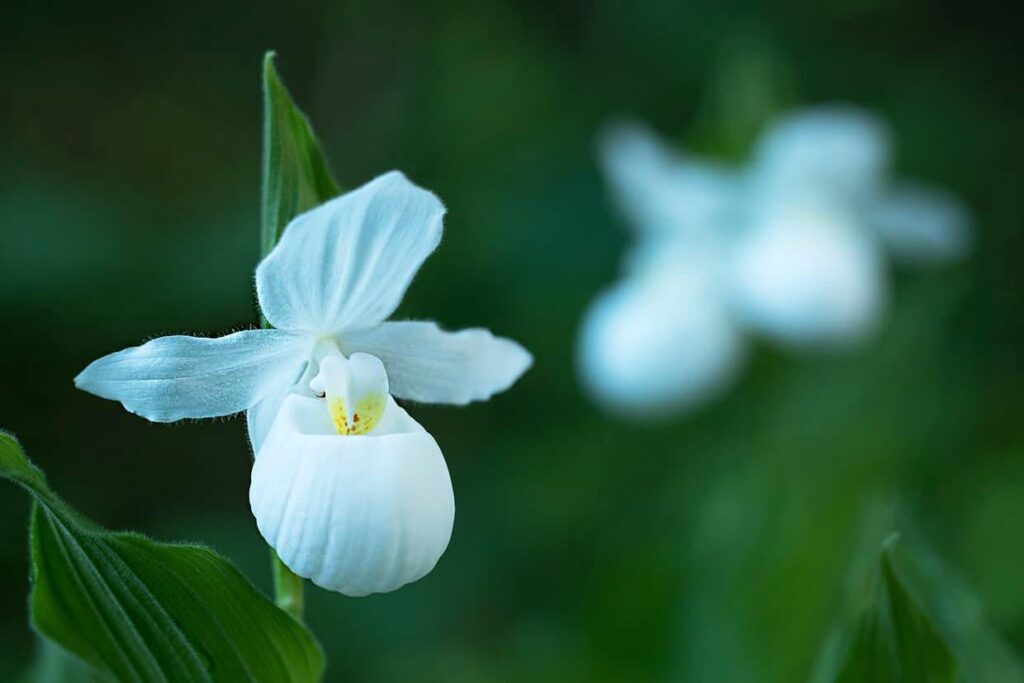Minnesota’s delicate native orchids are facing increasing threats from habitat loss and environmental changes, prompting scientists and conservationists to take urgent action. In this report, we delve into the innovative research and preservation efforts aimed at safeguarding these rare and beautiful plants. From groundbreaking studies on orchid biology to community-driven habitat restoration projects, we explore the science behind protecting Minnesota’s native orchids and why these efforts are crucial for the state’s ecological heritage.
Understanding the Ecological Role of Minnesota’s Native Orchids
Minnesota’s native orchids play a critical role in the state’s ecosystems, acting as vital indicators of environmental health. These delicate plants thrive in specific habitats such as wetlands, forests, and prairies, where they contribute to biodiversity by supporting a range of pollinators including bees, butterflies, and moths. Their survival is closely tied to soil quality and mycorrhizal fungi, with which orchids form symbiotic relationships essential for nutrient absorption and growth. Without these partnerships, orchids struggle to germinate and sustain their populations, making the conservation of both plant and fungi a complex but necessary task.
Conservation efforts for Minnesota’s native orchids emphasize protecting these habitats from threats ranging from urban development to invasive species. Understanding their ecological interactions reveals why these orchids act as a keystone species in maintaining balanced environments. Key factors influencing their sustainability include:
- Pollination networks: Orchids attract specific pollinators, enhancing the reproduction of various plant species in the area.
- Soil health: The presence of orchids signals rich, undisturbed soil critical for multiple flora and fauna.
- Climate sensitivity: Orchids respond quickly to environmental changes, helping scientists monitor ecosystem shifts.
| Orchid Species | Preferred Habitat | Pollinator Type | |||||||||||||||||||||||||||
|---|---|---|---|---|---|---|---|---|---|---|---|---|---|---|---|---|---|---|---|---|---|---|---|---|---|---|---|---|---|
| Showy Lady’s Slipper | Woodlands | Bees | |||||||||||||||||||||||||||
| Pink Lady’s Slipper | Wetlands | Innovative Conservation Techniques Guided by Scientific Research
Scientists in Minnesota have pioneered cutting-edge methods to ensure the survival of native orchid species, blending rigorous field research with modern technology. By studying the delicate relationship between orchids and their environment, conservationists have developed strategies that protect not only the plants but also the intricate ecosystems they depend on. Key findings reveal that soil composition, mycorrhizal fungi partnerships, and pollinator activity play crucial roles in orchid regeneration. This comprehensive approach allows targeted interventions, such as habitat restoration and controlled propagation, boosting survival rates in the wild. Among the innovative tactics are the use of drone-assisted surveys to monitor orchid populations in remote regions and the implementation of adaptive management techniques based on real-time data analysis. Efforts are also focusing on community science programs that enlist local volunteers to report sightings and participate in habitat preservation. The table below illustrates notable outcomes from recent pilot projects:
Community Involvement and Practical Steps for Orchid PreservationLocal communities play a pivotal role in the conservation of Minnesota’s native orchids through hands-on initiatives and educational outreach. Volunteer groups often collaborate with botanists and conservationists to monitor orchid populations, record their growth patterns, and protect critical habitats from invasive species. Schools and nature centers have also stepped up, offering workshops that teach residents how to identify native orchids and understand their ecological importance. These grassroots efforts not only foster a grassroots conservation ethic but create valuable data streams that inform scientific research and policy. Practical steps taken by individuals and groups to safeguard orchids involve more than just observation. They include:
Closing RemarksAs efforts continue to safeguard Minnesota’s native orchids, the blend of scientific research and community involvement remains crucial. By understanding the delicate ecosystems these plants depend on, conservationists hope to ensure that future generations can witness the unique beauty of these rare species. The ongoing collaboration between scientists, local organizations, and residents exemplifies a committed approach to preserving Minnesota’s natural heritage, one orchid at a time. |
